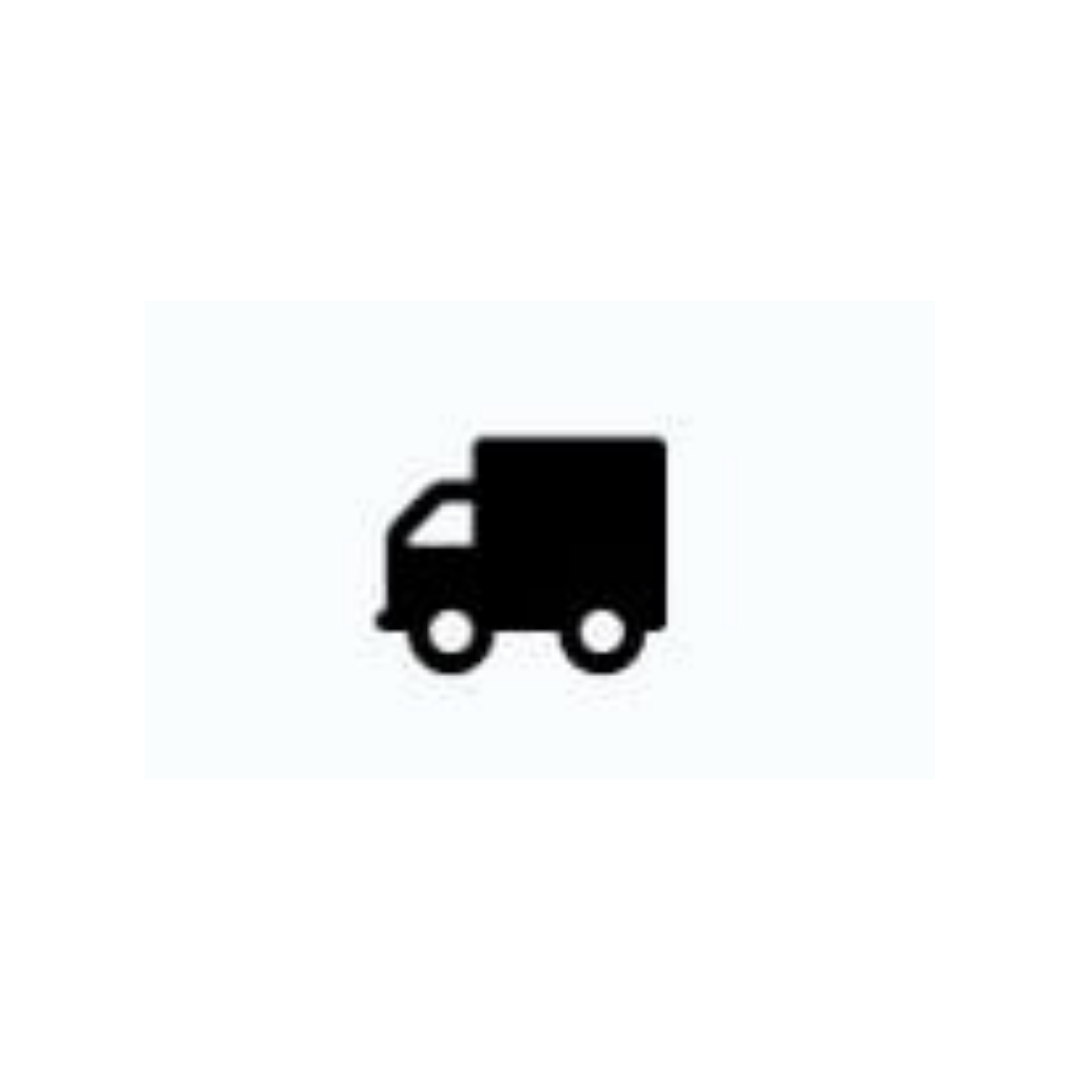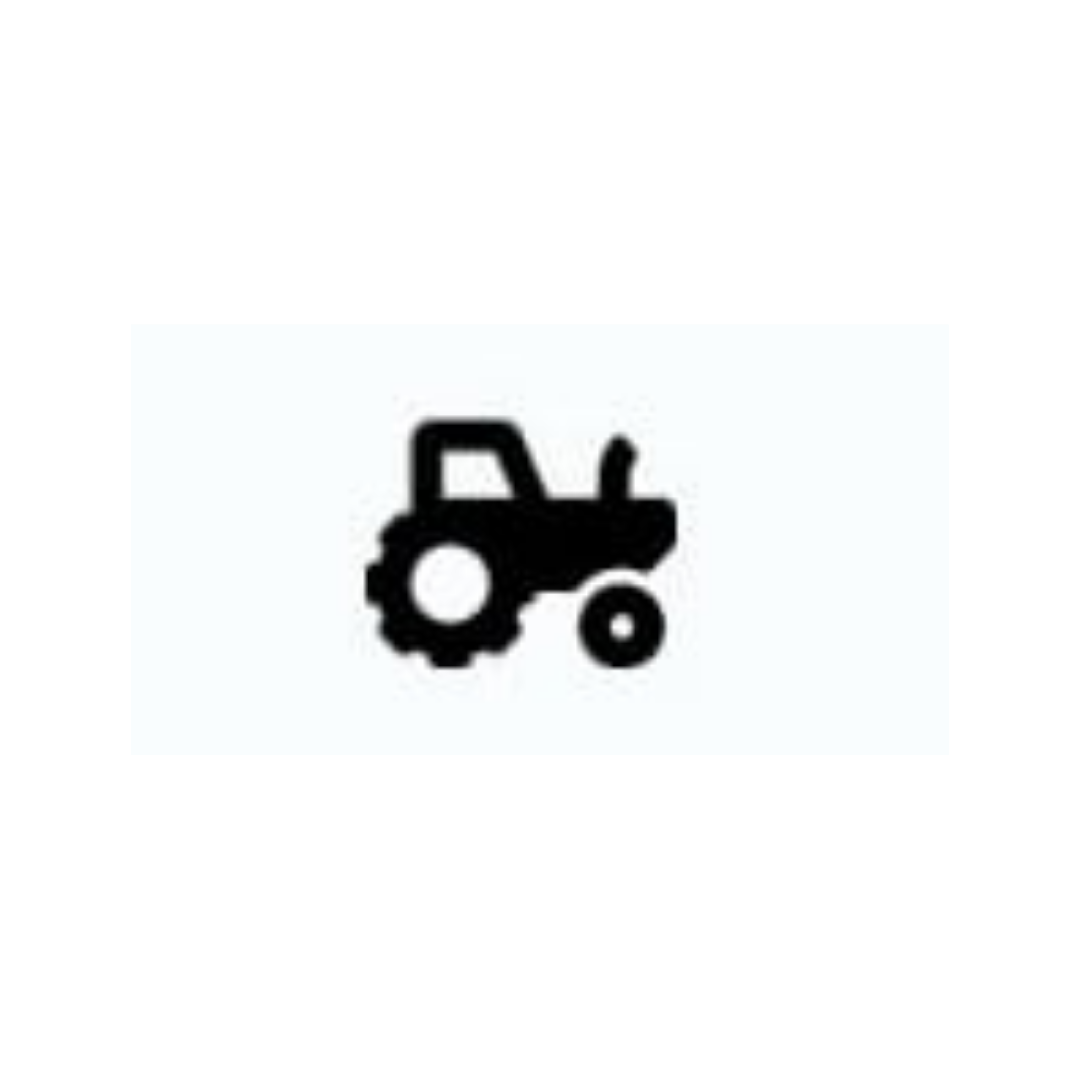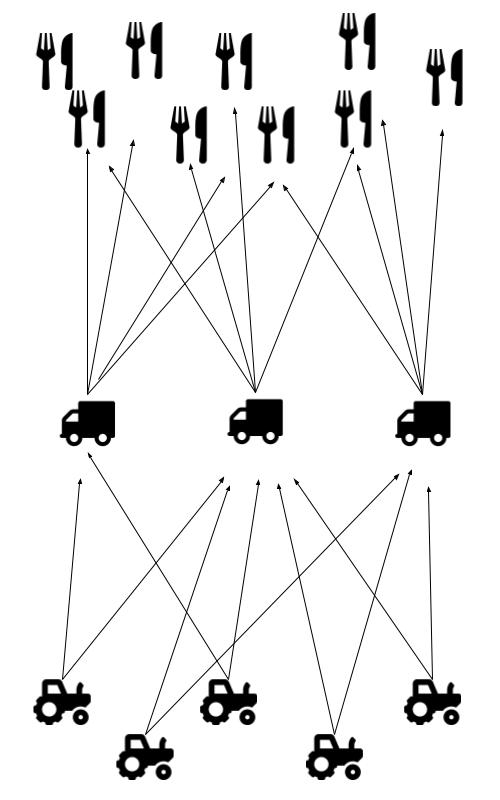What is data interoperability?
Data interoperability enables actors across the supply chain to more easily share data that will help them to coordinate. It can be achieved most effectively through an agreed common interface between different systems. This means that every system needs only to integrate with one common interface for all systems to be able to share data effectively.
You’ll have seen lots of examples of this in action already in your everyday internet experience. It’s through using an Application Programming Interface (API) that it’s possible to log into different services using one common account, such as a Facebook or Google account, for example. An API is essentially a software intermediary that allows two (or more) applications to talk to each other.
Data interoperability in the food space
Data interoperability is an important area of exploration across the food system right now, but conversations aren’t necessarily taking the needs of small-scale producers or community food businesses into account. Given the social and ecological benefits of these types of businesses, the risk is that these groups will again be left behind while large-scale industry dominates.
There is a clear need to ensure that community food businesses can keep up in the upcoming data revolution of food and farming. The Covid-19 pandemic demonstrated the vital role of community food businesses in ensuring community resilience. This collective resilience depends on ensuring that people, communities and sustainability are prioritised and technology must be designed to this end.
The benefits
To understand how the wider movement will benefit from this work, below explores the structure of the agroecological food supply chain the through the lens of three food system actors:



Without data interoperability

Deliveries are expensive. Trucks are passing each other half empty. Distributors are only in competition. Circular packaging is near impossible because deliveries cost so much.
Repeated work on integrations and development reduces opportunities for creative innovation, particularly with small and community-led businesses.
Producers are forced to list products on multiple platforms and manage stock across many outlets. Over orders or unsold stock reduce profitability.
All distributors are using different software tools, which don’t talk to producers’ software or government and monitoring tools. Integrations have to be done individually for each piece of software used and hence have an exponential resource overhead. Data is disparate so gaining cohesive data across the movement is near impossible.
With data interoperability

Simpler coordination of deliveries across trusted parties. Distributors can collaborate where it makes business sense with lower overhead. Circular logistics costs can be coordinated and shared, increasing possibilities.
Simpler API access to a wide array of producers and distribution models meaning lower barriers to entry for community food business. Community businesses can more easily create ways to genuinely serve their communities.
Producers spend less time coordinating produce across outlets and can more easily coordinate logistics locally. This increases revenue to reinvest in better farming and time for community engagement.
For the wider movement, a single integration can enable social and environmental monitoring data meaning that producers and distributors that don’t have resources and capacity can easily contribute their data. This helps to build collective data with exponentially smaller investment in integrations.
What does it mean to start building this in practice?
There are three factors to be considered in enabling interoperability for the agroecological sector:
- Governance – processes around rules for data sharing are managed and agreed
- Operations – business operations of platforms, distributors and producers
- API and standards – an agreed framework and ontology for data sharing
The first stage of this work is to bring together a trusted group of actors who can work together to develop the governance and processes required. Technology operators that serve the sector are natural first partners as their technical expertise will help to create a strong basis for pilot and roll out. The governance elements of this work require representation from across the agroecological food sector. You can find more information about current project partners and supporters of the Food Data Collaboration here.
